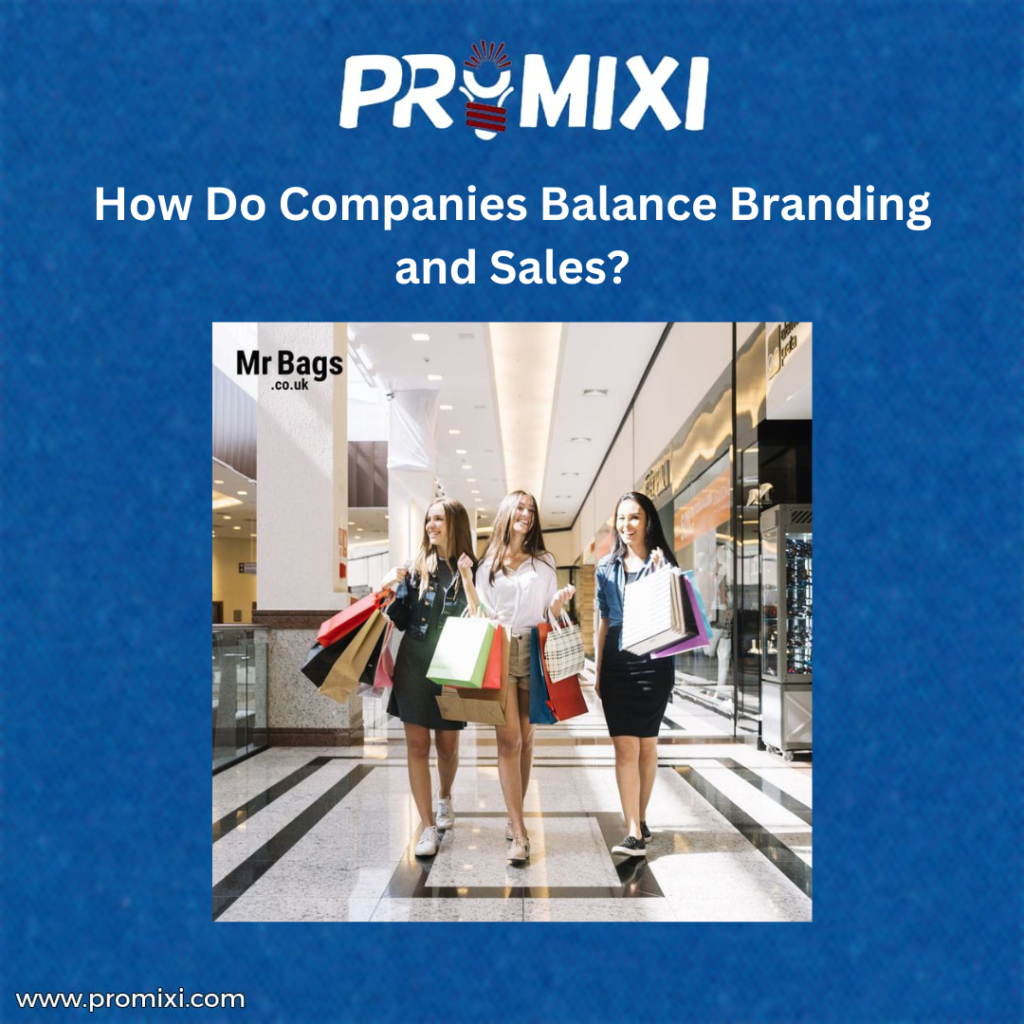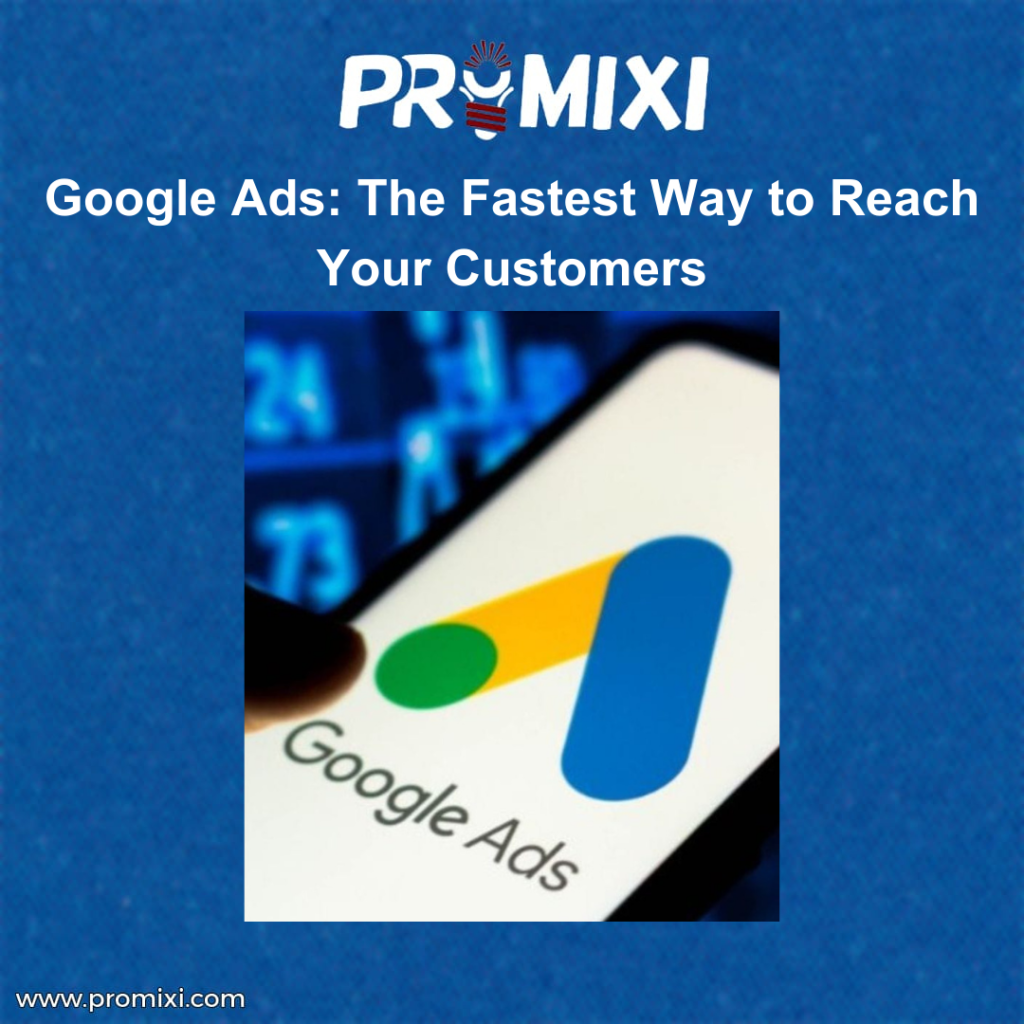How to Shift Your Campaign Tone Between Ramadan and Eid?
Did you know that brands should shift their marketing approach between Ramadan and Eid?
Ramadan and Eid are among the most important marketing seasons that allow brands to strengthen their presence and boost sales.
That’s why it’s a mistake to rely on the same marketing strategy for both occasions, despite the significant differences between them.
In this article, we will explore the key differences between Ramadan and Eid marketing, and the essential changes brands must adopt to stay relevant and impactful.
How to Shift Your Campaign Tone Between Ramadan and Eid?
1. Content Nature: From Spiritual to Festive
During Ramadan, marketing content typically focuses on human values such as kindness, generosity, and patience. The messages are deep, emotional, and aligned with the spiritual atmosphere.
In contrast, Eid brings a completely different vibe. The audience becomes more cheerful, optimistic, and eager to celebrate and enjoy life.
Therefore, content should shift from calm and reflective to energetic and colorful, encouraging celebration and joy.
2. Consumer Mindset
During Ramadan, consumers tend to be more introspective, calm, and spiritually focused. Their daily routines revolve around family time, prayer, and meal schedules.
Meanwhile, during Eid, the mood shifts entirely. People become more outgoing, sociable, and excited to shop, celebrate, and engage on social media.
As such, marketing campaigns that rely on emotional appeal in Ramadan should transition to fun, lighthearted, and engaging tones during Eid.
3. Campaign Timing and Publishing Strategy
In Ramadan, the peak engagement times are usually before Iftar (sunset meal) and after Taraweeh prayers at night.
On the other hand, users are active earlier during Eid—starting from the morning and throughout the day, especially during the first two days of the celebration.
It’s crucial to reschedule your posts and ads accordingly to align with your audience’s new routine and behavior.
4. Design Style and Color Palette
Ramadan designs often feature Islamic motifs like lanterns, crescents, and calligraphy, with warm tones such as gold, purple, and navy blue.
For Eid, the visuals should reflect the festive spirit using elements like balloons, gifts, Eid sweets, and new clothes. Use bright and cheerful colors such as light blue, yellow, pink, and green.
Your design is not just decoration; it’s the first impression and visual message that shapes how your audience perceives your brand.
5. Tone of Voice and Brand Messaging
Your brand’s tone of voice should adapt to the occasion.
In Ramadan, it’s calm, emotional, and inspiring. In Eid, it should become joyful, vibrant, energetic, and filled with celebration.
Use light, catchy phrases that grab attention and reflect the joy of Eid, such as:
-
“Celebrate big with our Eid surprises!”
-
“Make your Eid brighter with special gifts!”
6. Offers and Discounts Strategy
Ramadan offers usually focus on essentials: food items, household needs, and daily-use products.
In contrast, Eid is all about gifting, fashion, sweets, cosmetics, and entertainment-related products.
So your promotions should shift accordingly. For example:
-
Ramadan: Discounts on kitchenware or groceries.
-
Eid: Buy-one-get-one offers on gifts, holiday bundles, or fashion deals.
7. Consumer Behavior: From Planning to Impulse
Ramadan shoppers tend to plan their purchases carefully, focusing on necessities.
Eid shopping, however, is more emotional and impulsive. People shop to please themselves or their loved ones, and to enjoy the festive mood.
This requires a more emotionally-driven marketing approach that appeals to joy, surprise, and self-expression.
8. Leveraging Social Connections During Eid
Eid is a social occasion at its core—filled with family visits, gatherings, and gift-giving.
Brands can leverage this by encouraging gift sharing, offering group discounts, or launching social media campaigns that invite users to share Eid moments with your products.
The more your brand becomes part of these joyful experiences, the more memorable it becomes.
9. Paid Advertising Strategy
Ramadan ads often rely on long, emotional stories and storytelling formats.
In Eid, the strategy should shift to short, dynamic, and fast-paced ads that match the audience’s energy and short attention span.
Use vibrant music, exciting visuals, and powerful hooks within the first three seconds to attract attention and drive engagement.
10. Post-Eid Engagement
Many brands overlook the post-Eid period, even though it presents a valuable opportunity to continue engaging your audience.
This is the time when people return to their normal routines and spend more time on social media.
Capitalize on this by launching interactive content like:
-
“How did you spend your Eid?”
-
“Show us your favorite Eid gift!”
-
Or limited-time “Post-Eid Specials” offers.
This helps maintain your brand presence and keep customers connected to you even after the holiday ends.
Successful marketing is not just about promoting products—it’s about understanding your audience at every moment.
Ramadan and Eid are entirely different in mood, behavior, and expectations, so your campaign must evolve accordingly.
Let your Ramadan campaign reflect compassion and spirituality, and let your Eid campaign be vibrant, festive, and full of energy.
Mastering the tone shift between these two seasons will set your brand apart and leave a lasting impression.


